

Photos courtesy of the author.
It only takes a few years for willows and cottonwoods to take over a wetland. When they do, duck food and pollinator habitat is quickly diminished. Not only is there less duck food, giving ducks few reasons to hang around, but large stands of willows aren’t favorable for hunting either. In the Illinois River Valley (IRV), a few years of chaotic water levels can hinder management and prevent disking or spraying. When this happens, woody vegetation quickly becomes too thick to drive a tractor through without puncturing tires or tearing up implements. These woody invaders can also take over when property is in between owners, as management is no longer a priority for the seller. Further, a new landowner might not know what is allowed on their property due to wetland regulations or possibly an existing easement. By the time they figure out what is legal, woody vegetation has swallowed their duck impoundments.

In order to help private landowners fight back against woody succession and promote duck food, the U.S. Fish and Wildlife Service (USFWS) and Ducks Unlimited have been grinding out woody vegetation thanks to a Habitat Stamp grant from the Illinois Department of Natural Resources. The ultimate goal is to expand the number of locations (see Decurrent False Aster Recovery Plan) in the IRV that host the federally threatened decurrent false aster (Boltonia decurrens). If this forb can grow at enough new sites, and the population is determined to be stable or growing, there is a good chance it could be removed from the threatened and endangered species list.
Mike Sertle, Regional Biologist for Ducks Unlimited, said “In the past couple of years, the partnership has worked with several landowners to grind and disk willow thickets to promote duck food, shorebird habitat, and nectar sources for pollinators. Our goal is to provide more food resources for migratory waterfowl, but we know there are other benefits to this work that can have an even bigger impact, such as focusing where there are rare plants or animals.”

Decurrent false aster is an early successional plant and requires disturbance to thrive. Amber Schorg, USFWS Illinois-Iowa Ecological Services Field Office said, “In numerous areas along the IRV, without human disturbance, such as grinding and/or disking, willows and cottonwoods will out-compete the decurrent false aster. Though the plant itself might disappear when willows take over, the seed is still dormant in the soil, waiting for the right conditions to come back.”
To manage woody invaders, the partnership starts by grinding the trees into a mulch, followed by pulling a heavy-offset disk with a bulldozer. The heavy-offset disk is used to incorporate the mulch and expose bare soil, which allows seeds of favorable plants to receive sunlight and germinate. If decurrent false aster doesn’t come back, the project is not a failure, as high quality duck foods, such as smartweed and beggarticks, will respond.

The area also serves as potential habitat for the aster to colonize. Where decurrent false aster grows on a site, high quality duck foods grow right alongside it, making for the perfect project.
If you have dense stands of small diameter woody vegetation in the Illinois River Valley and are interested in pursuing a project, contact Emily Hodapp with the U.S. Fish and Wildlife Service at Emily_hodapp@fws.gov or at (217) 341-9176.
Mike Budd was the Illinois Private Lands Coordinator for the U.S. Fish and Wildlife Service from 2016 to 2021. Mike recently moved to Minnesota to manage Big Stone National Wildlife Refuge and Wetland Management District.





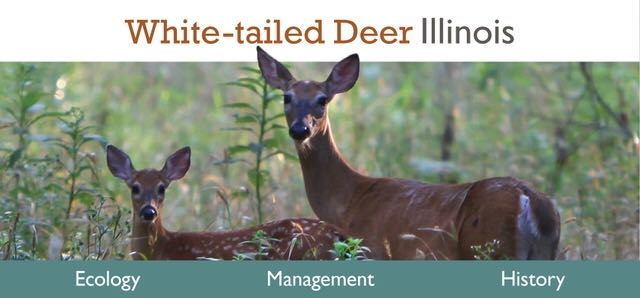
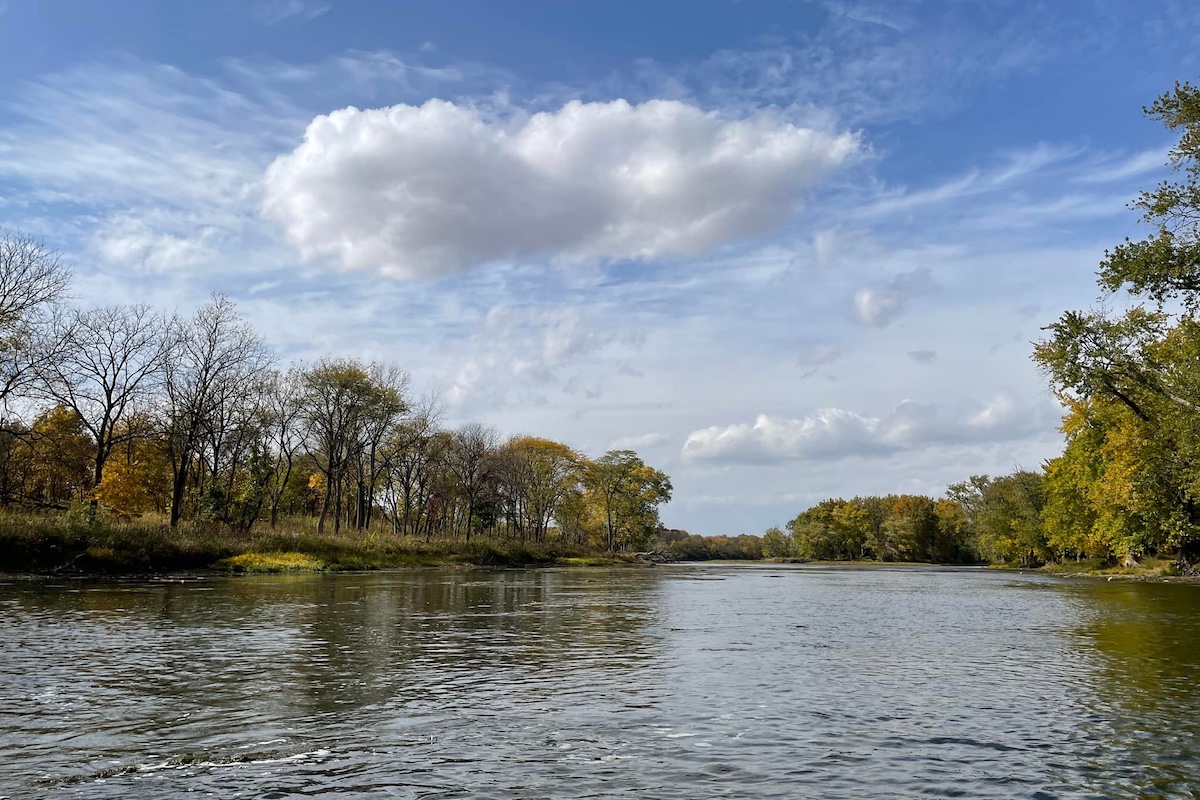
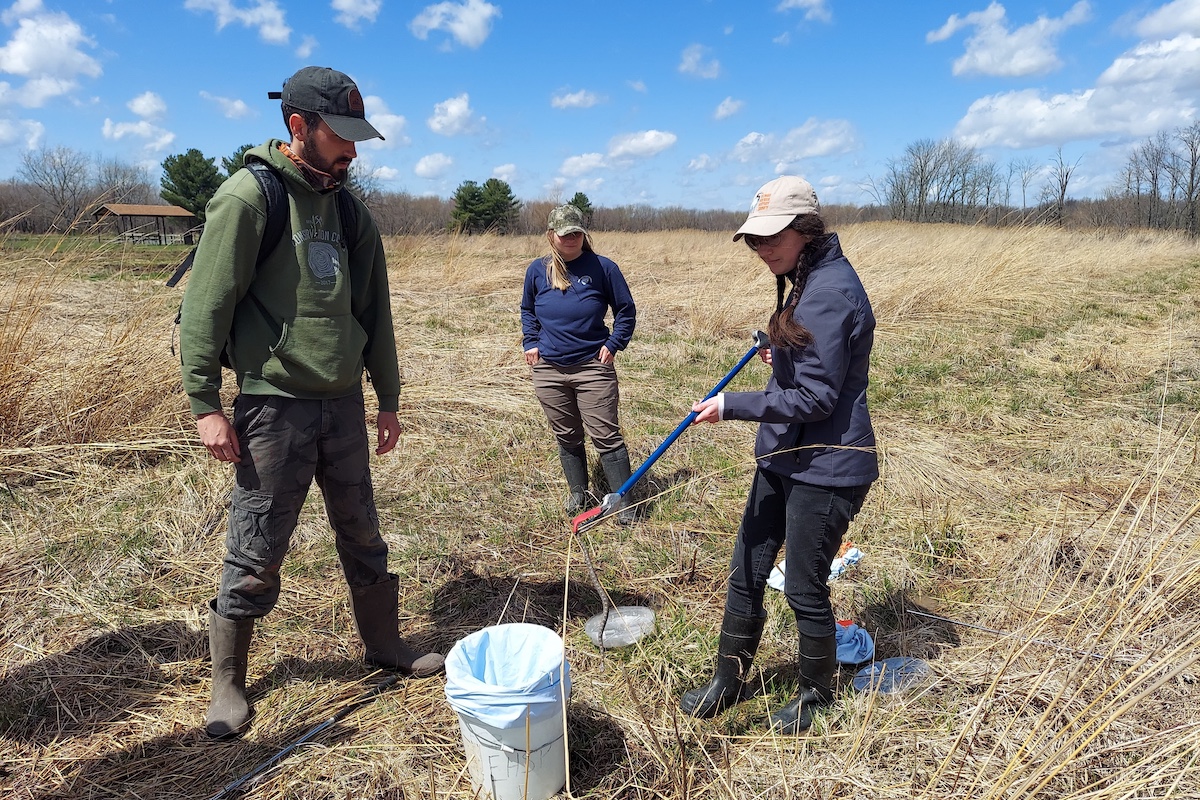

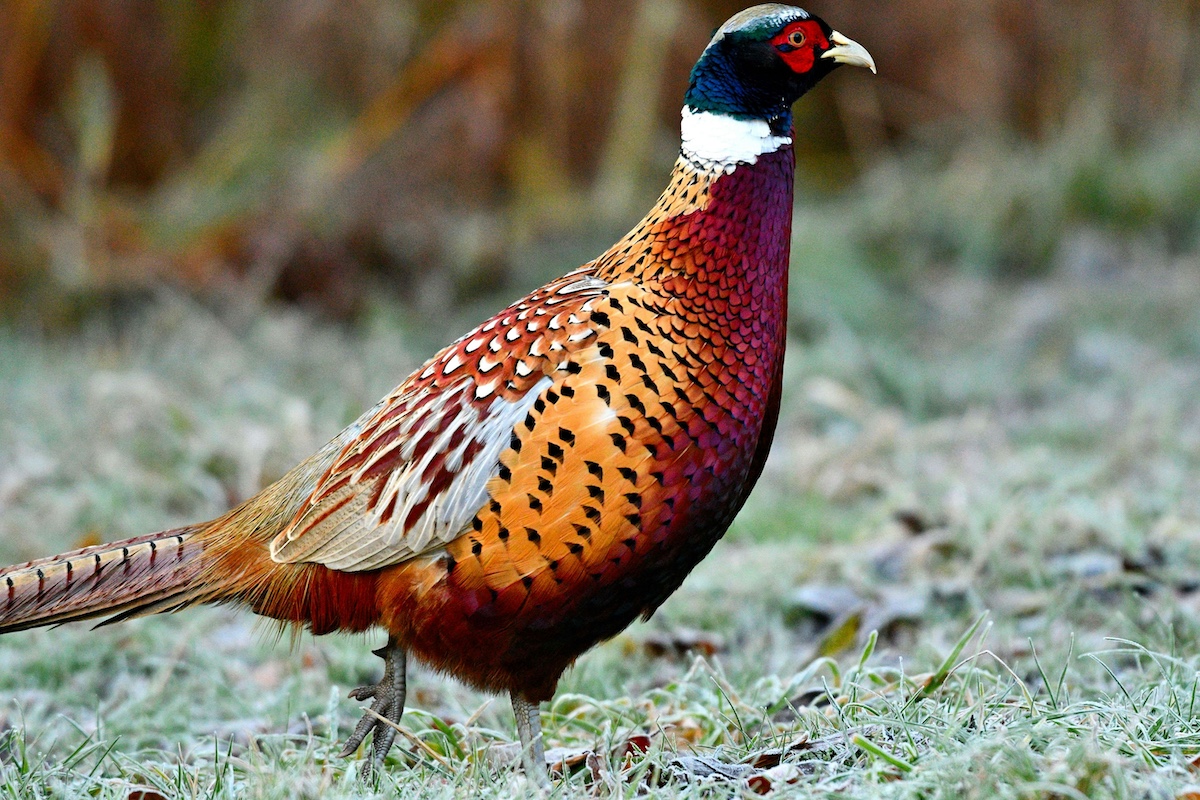
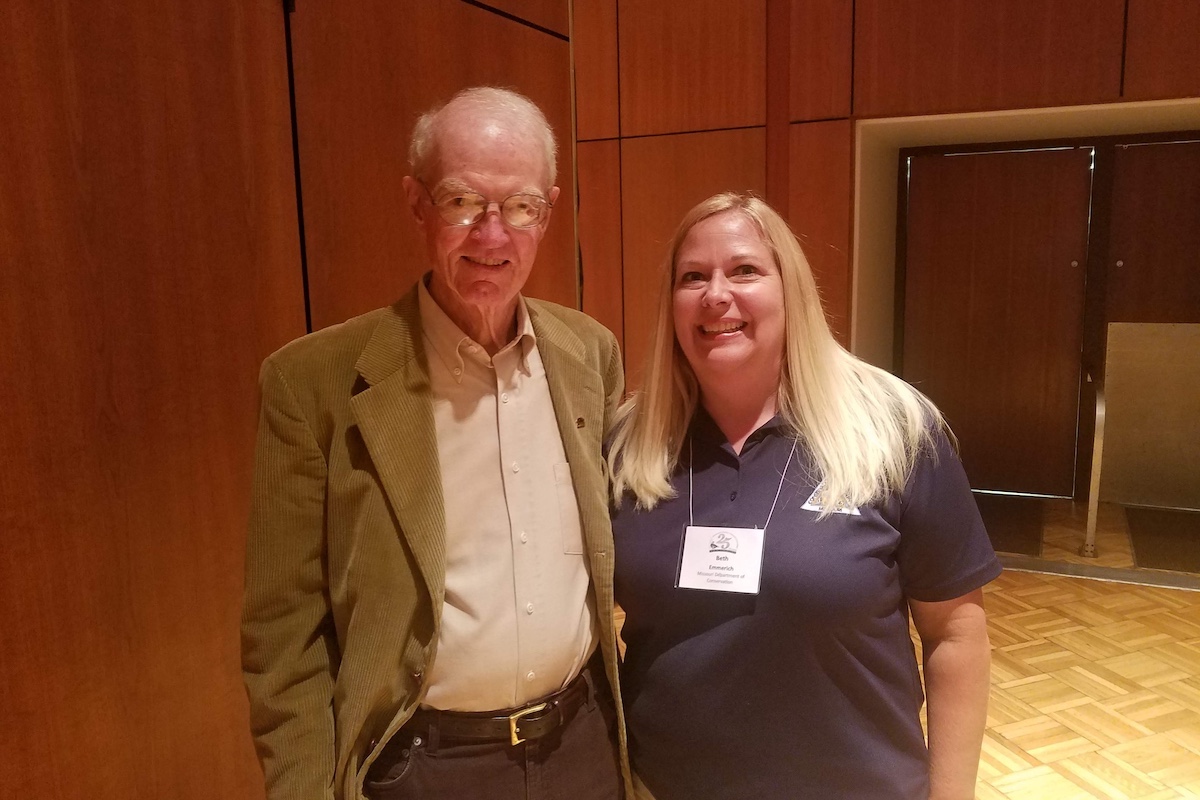
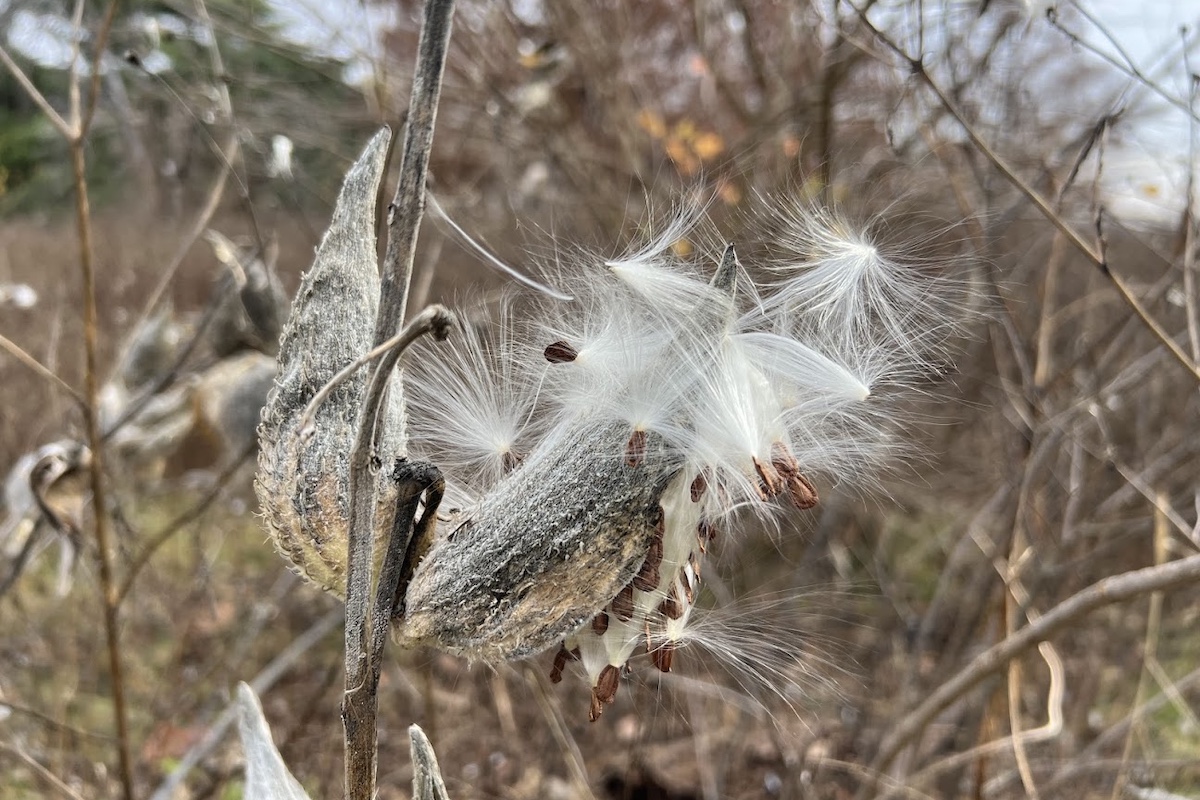
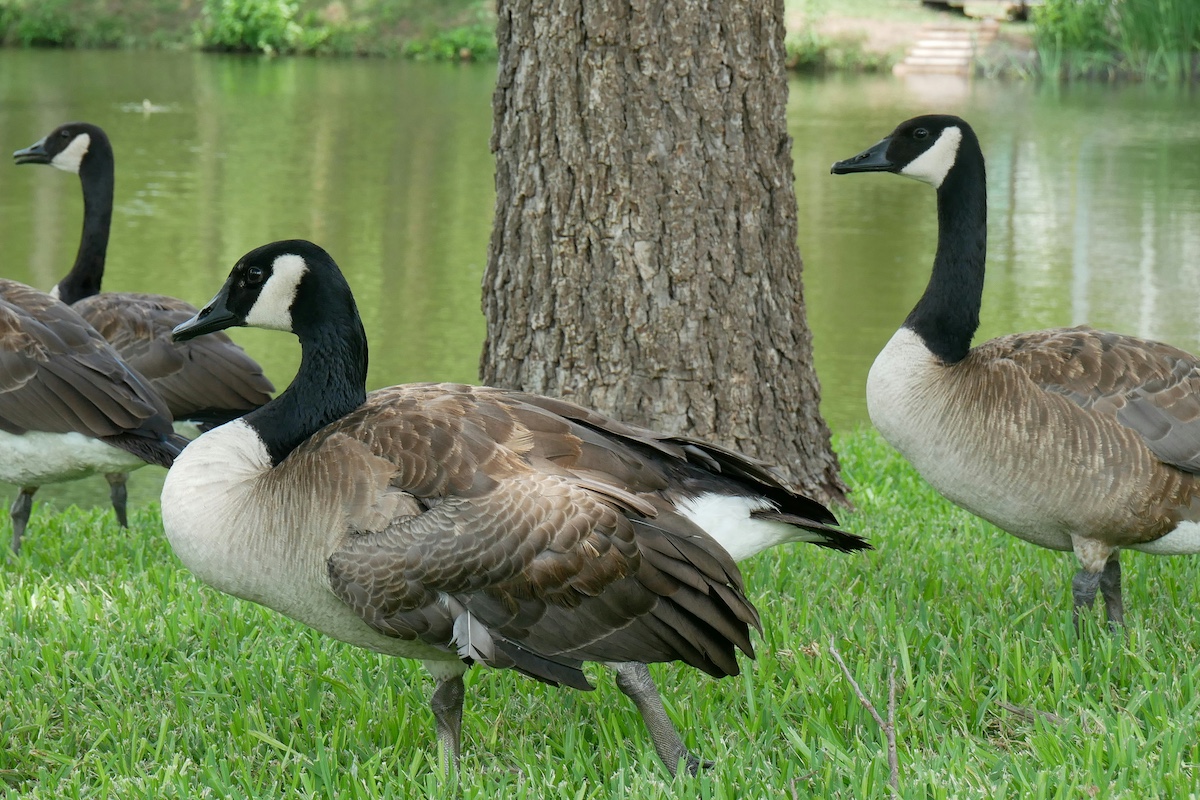

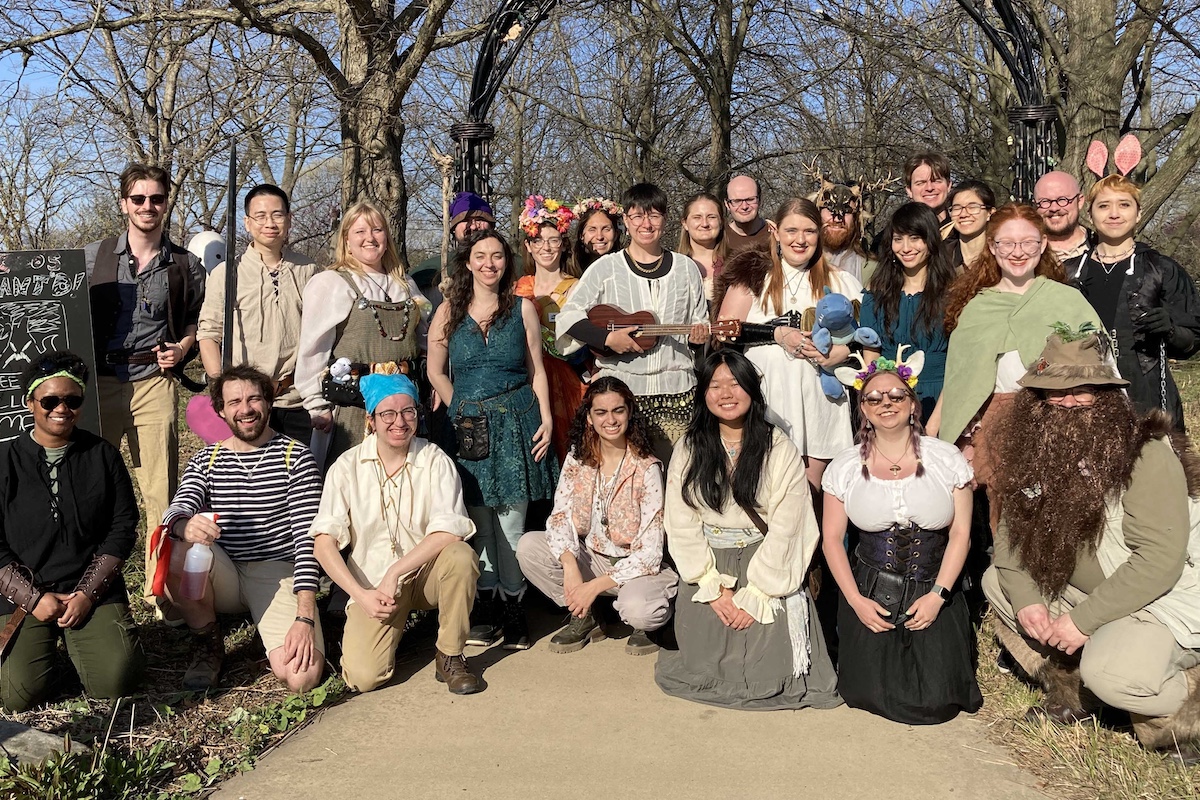
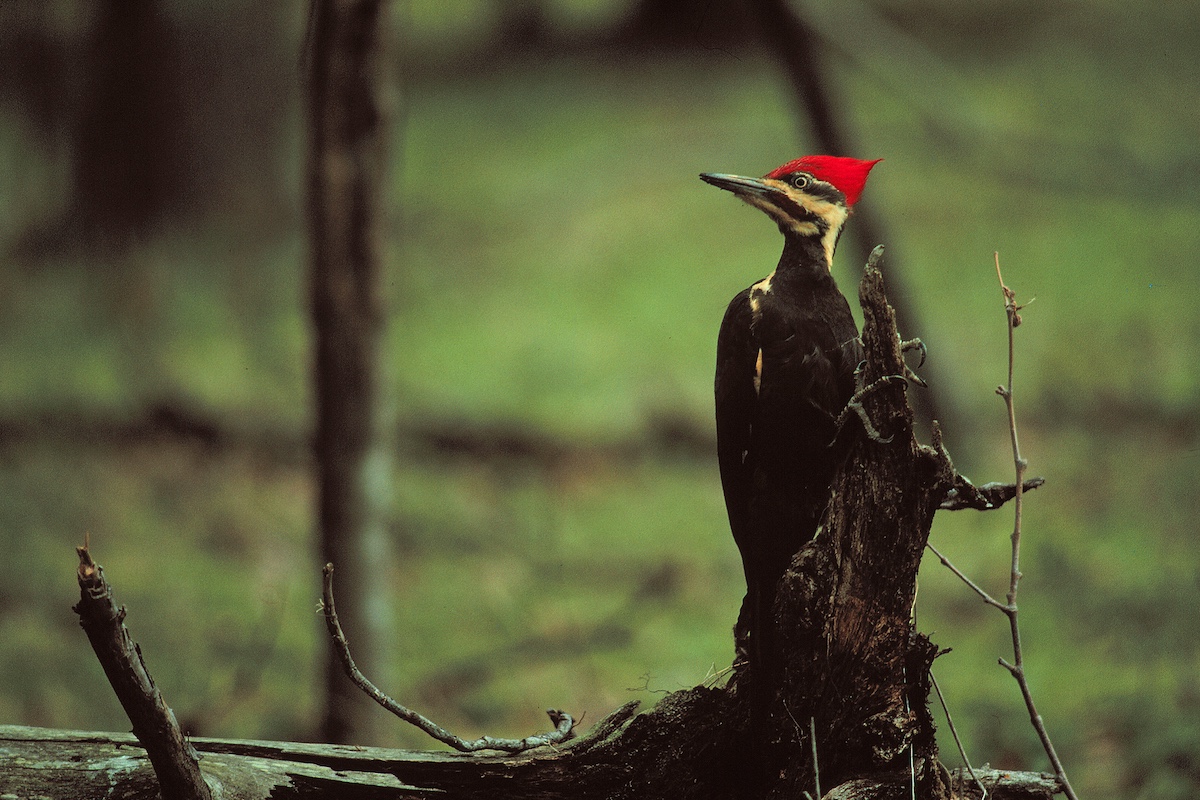
Submit a question for the author